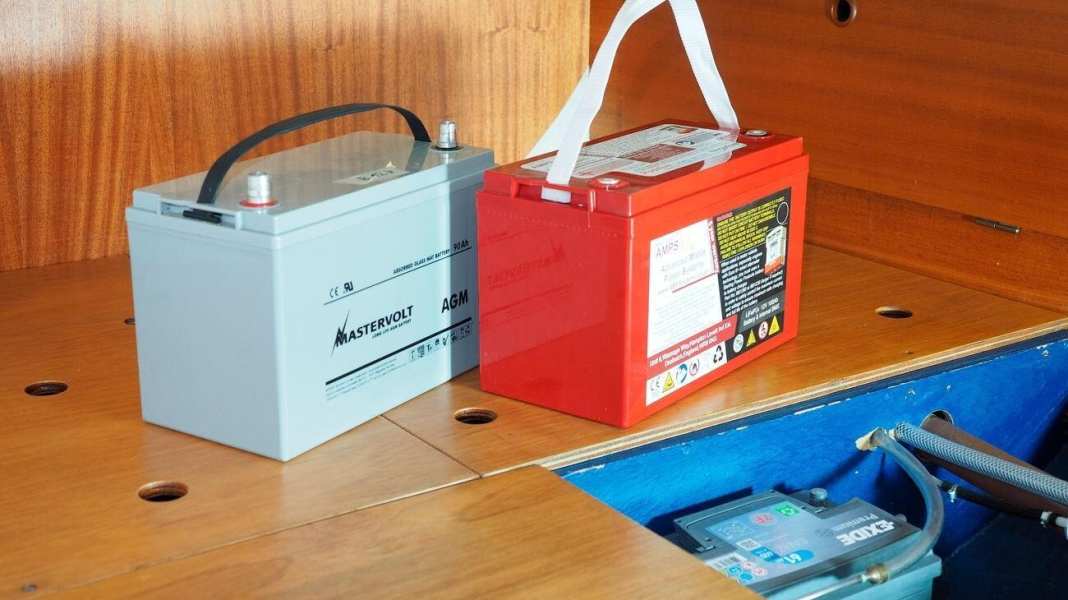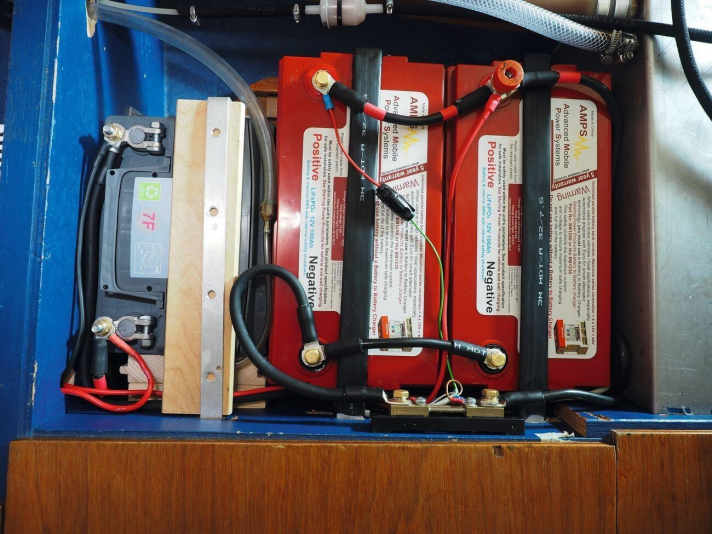
Conversion to lithium is the subject of numerous reader enquiries. At the heart of this is always the interaction with existing technology and possible reservations. In order to be able to provide first-hand answers, we have been working with power supplies based on lithium batteries for some time now. Following our positive experience with the use of the LPS system from Leab/Clayton (YACHT 6/2018), it was now time to look at a system made up of individual components, and one that is really safe to rebuild.
The safety of lithium is an important aspect. Not because the batteries themselves are dangerous: We have opted for an intrinsically safe technology that has nothing to do with the problems with mobile phones and notebooks. The crux of the matter is rather the existing on-board electrical system. Lithium batteries can supply much more current than lead batteries. Cable cross-sections and electrical fuse protection must be designed for this, otherwise there is a risk of a cable fire in the event of a fault.

The question of which lithium technology to use for a yacht's on-board power supply is almost self-evident: With lithium iron phosphate batteries (LiFePo, LiFe for short), the cell voltage is 3.2 volts, so four cells form a battery with a nominal voltage of 12.8 volts. This is perfect for operating a conventional 12-volt on-board power supply, all consumers can continue to be used unchanged - an enormous advantage for small and medium-sized yachts.
This means that the power supply to the consumers is quickly sorted out, but not the charging of the batteries: this is where lithium definitely requires some thought. The technology from the lead installation does not fit without further ado.
In YACHT 8/2019, you can read how to charge the batteries from the shore power supply and by machine, what requirements the on-board power supply must fulfil and what positive side effects result from the properties of the lightweight energy storage units. DK-Shop ordered or as digital version downloaded become.
